Managing Spatial and Seasonal Soil Moisture Variability with SWAT WATER
Farming in dryland conditions is for the most part governed by the quality and variability of the soil in your field. Good soils, with high organic matter, mitigate both nutrient and moisture stress by buffering the crop against very wet and very dry seasons. The challenge for most growers is understanding where the good areas are versus the poor areas and more importantly, understanding this in the context of the current season’s climatic conditions. For example, wet years may result in areas that produce poorly due to excess moisture, while these same areas may be the most productive in dry years.
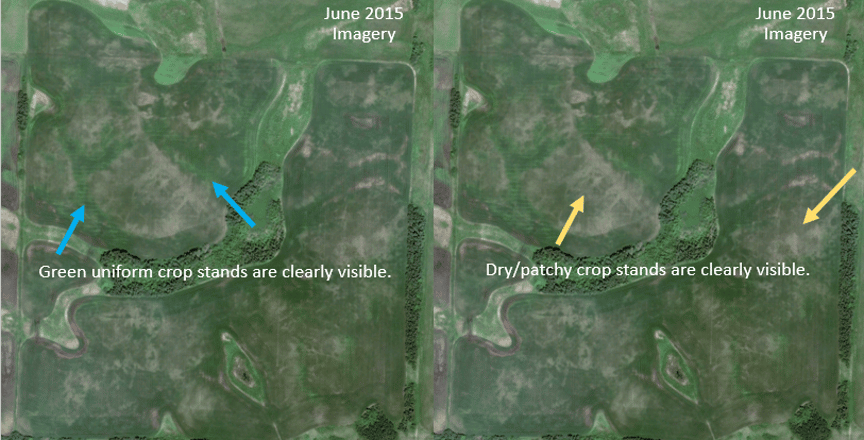
Variable rate technology, such as SWAT MAPS, provides the perfect platform for mapping spatial variability. An understanding of the dynamic nature of soil moisture in response to topography, soil physical characteristics (e.g. texture), crop moisture demand (e.g. crop stage and type) and associated climatic conditions can further guide management decisions with regards to seeding rates and/or fertilizer applications and pest and disease control. For example, topdressing only those locations with yield potential above the estimated/forecast yield potential provided for the fertilizer prescription. The opposite effect would be in wet years, not fertilizing saturated parts of the field in which there is little or no crop due to excess moisture.
Leveraging the SWAT MAPS variable rate technology, Croptimistic Technology Inc. has developed SWAT WATER, a zone-based soil moisture balance aimed at providing volumetric moisture content (VMC) and crop available water daily. SWAT WATER maps enhance SWAT MAPS by incorporating field hydrology such as overland flow characteristics, by identifying which areas will pond and for how long, as well as soil physical characteristics and soil moisture probe data.
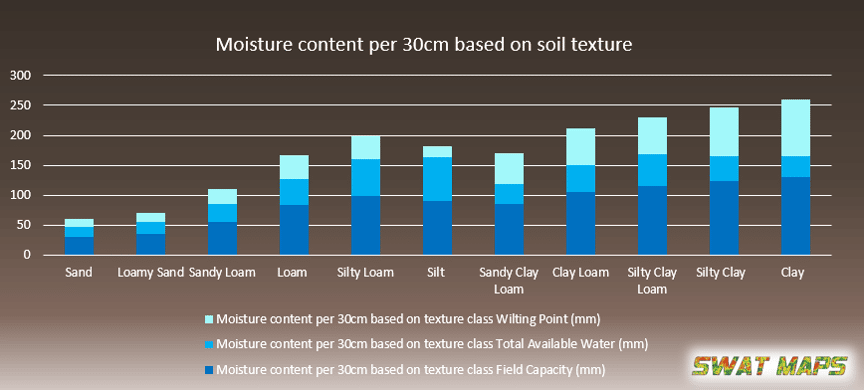
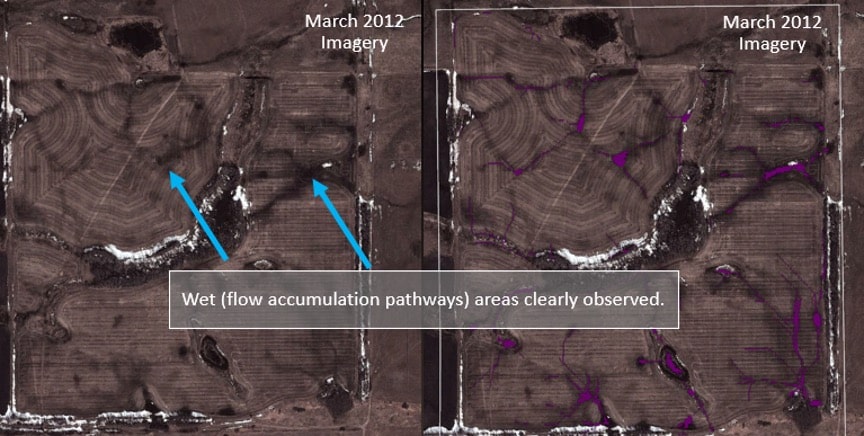
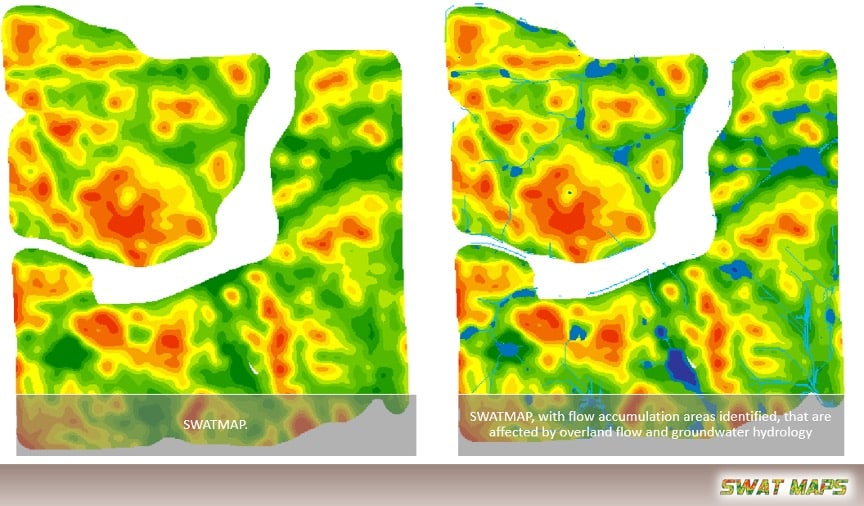
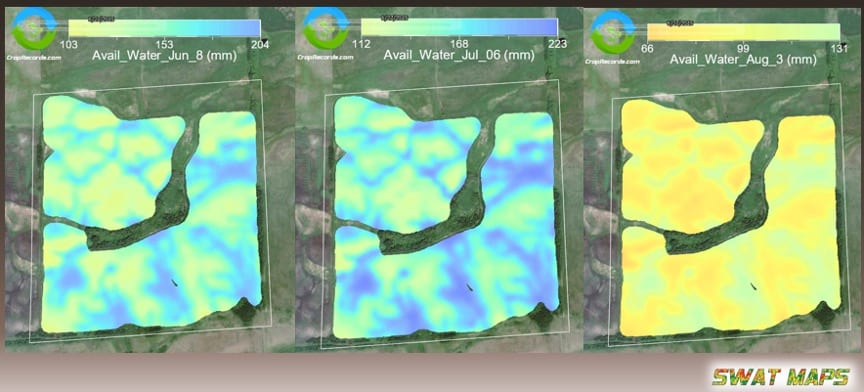
For growers, one of the questions which is repeatedly asked is “where should I place my soil moisture probe?" The SWAT MAPS process provides a platform off which probe installations can be guided to ensure the data obtained from soil moisture probes is relevant to the soil and moisture variability of the field. By guiding this process, the SWAT WATER maps are effectively “ground truthed” and soil moisture probes are more effectively used to understand not just a single location, but the relevance of that location to the rest of the field and all zones within a field.
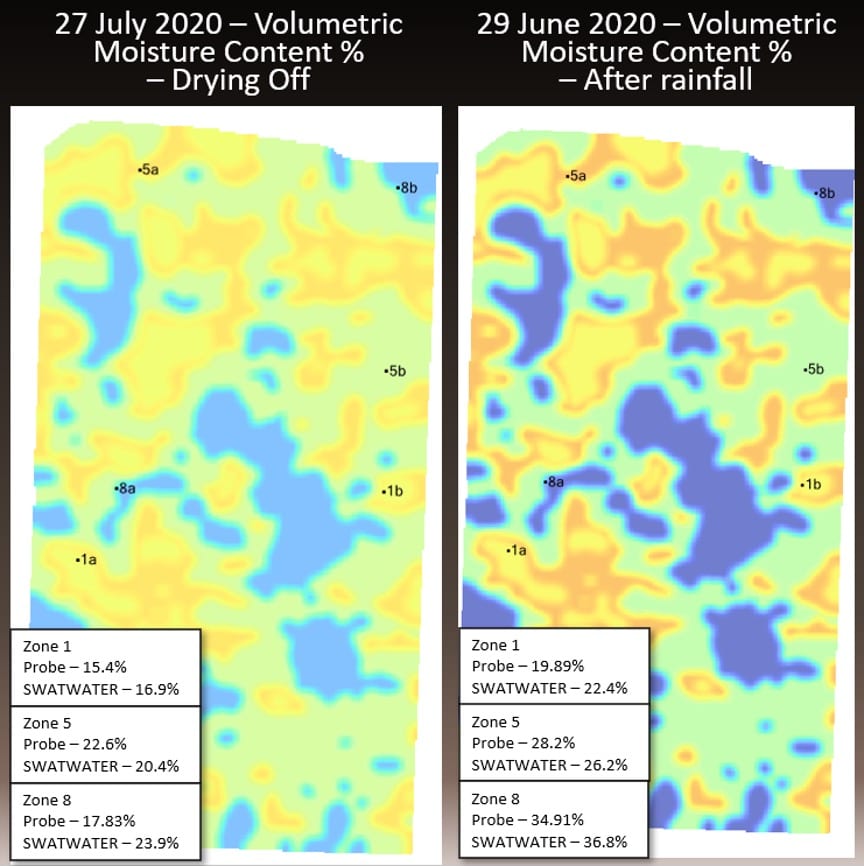
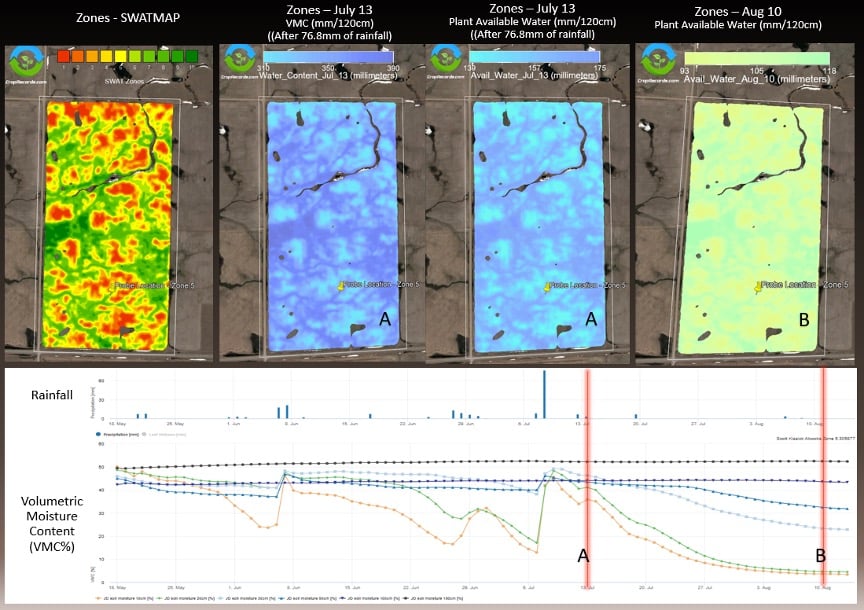
Water is a critical element in steering decision making as it underpins several drivers of crop yield e.g. salinity, organic matter, pest and disease locations, nutrient availability, and nutrient efficiency. Not all the water held within the soil column is available to plants. While SWAT MAPS provides an excellent perspective on intra field variability, SWAT WATER adds tools relevant to the availability of water within the soil column and the changes in the soil moisture availability over time. With the addition of SWAT WATER, agronomists and famers are empowered with tools to understand if and where soil moisture is optimal for plant growth.
Jonathan Freeman
Global Water Specialist
jonathan@croprecords.com









